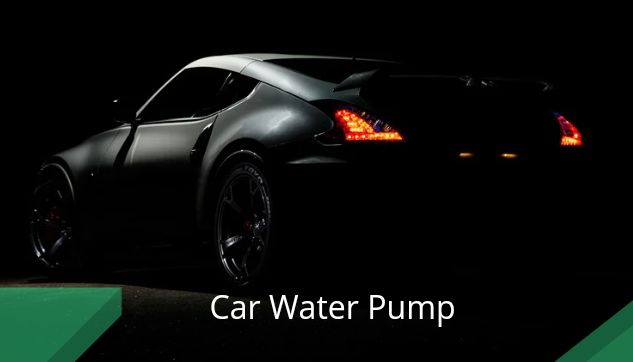The water pump is a critical component of a car’s cooling system. It is responsible for circulating coolant throughout the engine, helping to keep it at the proper operating temperature.
The water pump is driven by a belt connected to the engine’s crankshaft. As the belt turns, it rotates the water pump, which pushes the coolant through the engine and into the radiator.
The radiator then dissipates the heat from the coolant, and the cooled coolant is returned to the engine to start the process over again. If the water pump fails, the engine can overheat, potentially leading to serious damage.
A water pump in a car is a mechanical device that circulates coolant through the engine to keep it from overheating. It is driven by a belt connected to the crankshaft of the engine.
The water pump has an impeller inside a housing that is connected to the engine block and the radiator. As the impeller spins, it pushes the coolant through the engine to absorb heat, and then through the radiator to be cooled.
Working of Water Pump in Car –
Here’s how a water pump works in a car –
The water pump is driven by a belt that is connected to the crankshaft of the engine. The water pump has an impeller inside a housing that is connected to the engine block and the radiator.
As the engine runs, the water pump impeller spins, pushing the coolant through the engine. The coolant absorbs heat from the engine as it flows through the engine block and cylinder head.
The hot coolant is then directed through the radiator, where it is cooled by the surrounding air. The cooled coolant is then returned to the engine to absorb more heat, completing the cycle.
The water pump helps to maintain the proper temperature of the engine, ensuring that it runs efficiently and does not overheat.
If you find this article Car water Pump interesting and useful, leave your reply in the comment box…










